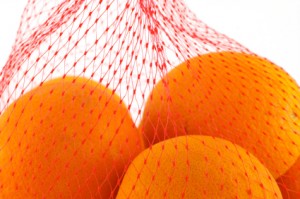Coffee is one of the most consumed beverages in the world. It’s grown in over 70 countries and amounts to over 16 billion pounds of beans every year. That’s a lot of beans… and when they’re only used once and thrown away, it also amounts to a huge amount of waste.
If you drink a lot of coffee or have worked in a coffee house, you have probably looked at the massive amount of coffee grounds being thrown away after one use and wondered, “isn’t there something these can be used for?” You’re not alone, researchers all over the world have wondered the same thing and explored the issue. The good news — spent coffee grounds DO have value! What potential uses for used coffee grounds have been found?
1. Remove Lead from Water
Researchers at Japan’s Kinki University investigated the possibility of using coffee grounds to remove lead from drinking water and found that, indeed, not only was it possible, but that it actually worked quite well. [1] The prospect of using coffee grounds, an overly abundant waste item, for a purpose as beneficial as removing lead from drinking water is an exciting idea!
2. Biodiesel Production
You may have heard of diesel vehicles being converted to run on discarded grease from fast food restaurants, wouldn’t it be great if discarded coffee grounds could also be used as a source of energy? Perhaps they can.

 In an effort to be more frugal, I am looking at ways I can re-purpose some of the items I already have in my home. I had a surplus of mesh produce bags and decided to get creative in ways to reuse them.
In an effort to be more frugal, I am looking at ways I can re-purpose some of the items I already have in my home. I had a surplus of mesh produce bags and decided to get creative in ways to reuse them.